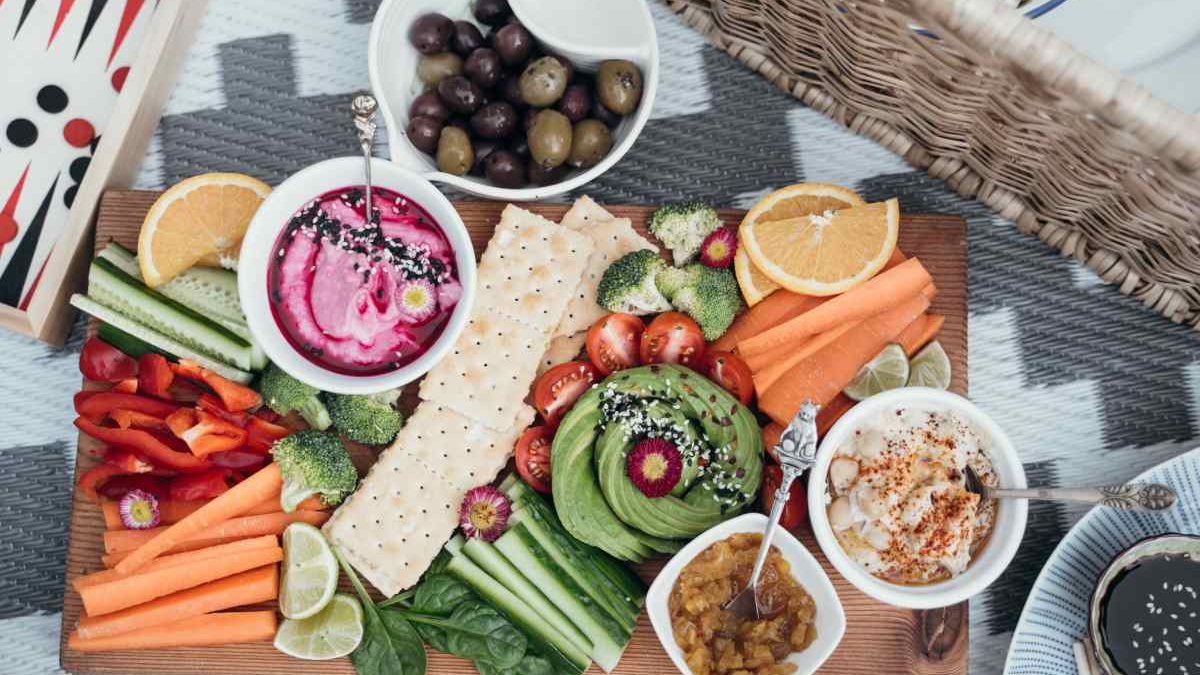How to Transition to a Vegan Diet Easily? – Many people approach plant-based diets with caution. Transitioning from eating animal-based meals to a vegan is a significant decision to take. Unlike vegetarian meals, vegan diets center on whole plant foods like vegetables, nuts, seeds, spices, mushrooms, and herbs. They also exclude all animal by-products like eggs and dairy. With so much information on the internet, it can be overwhelming to find information about what to cook if you’ve eaten animal-based diets all your life.
Vegan diets have many benefits to your health, like preventing cardiovascular diseases and boosting your immune system. But here’s the thing. All vegan meals aren’t necessarily healthy. Foods like plant-based ice cream and fries have heavy caloric content. To avoid loading your body with unhealthy food, you have to identify and internalize the reason behind your decision to go vegan. Then, make a step-by-step plan to help you achieve your goals.
If you want to learn how to transition to a vegan diet, you are in the right place. These tips will guide you on your journey.
Table of Contents
1. Do Your Research
It’s imperative to do your research before making any changes. Defining the reason behind your choices, you can find out what works for you. For instance, some people adopt vegan meals that resemble animal-based diets to help them adjust to the changes. It’s not easy leaving meats, dairy, and other animal-based products behind.
How will you supplement the proteins? What are the best alternatives to milk and eggs? Look for answers to all the questions you have through research. Otherwise, speak to a trained nutritionist for guidance.
2. Meal Delivery Services
It’s tough managing a meal plan and new recipes all by yourself, especially if you have a day job. Not everyone can prep their food and manage life changes at once. With meal delivery services, you can save shopping and meal planning time at affordable prices.
Many services like Meels have trained experts and chefs who have knowledge of macronutrients. Some subscription plans allow them to prep meals specially tailored to your taste and dietary needs.
3. Experiment With Plant-Based Recipes
New changes are exciting. Understandably, you want to throw out all the meat in your freezer right away. However, things can get overwhelming if you don’t have a plan. The cravings will also kick in, and you might end up falling off the wagon. Instead, see the transition process as building a new habit. New habits take time. Start slowly by first experimenting with plant-based recipes.
Try new flavors that suit your palate and incorporate them into your daily meals. You can introduce oatmeal for breakfast twice a week with another vegan meal for lunch. Do this until you feel confident enough to add more meals.
4. Reduce Meat Consumption
Small changes can make a valuable impact in the long run. To build better habits, you must remove the ones that don’t align with your goals. In this case, after adopting a few vegan recipes, strategically swap some items in your diet.
Start by reducing meat consumption before going cold turkey. You don’t have to cut out milk and eggs yet. Instead of eating meat as a side dish, introduce roasted mushrooms, tofu, and legumes as the focus of your meals.
5. Stock Your Pantry
It’s almost impossible to miss plant-based foods at the grocery store. The problem is that you can quickly get overwhelmed with all the available choices. From your research, compile a grocery list for select recipes. Try not to go overboard when shopping so you don’t end up with items you won’t eat.
Buy a variety of healthy snacks to manage your cravings and keep them handy. You’ll also need spices and herbs to make your food taste familiar. Don’t forget containers to store your food and keep them fresh.
6. Prep Your Meals
Eating out might not work for you at the beginning of your vegan journey. Instead, buy your vegetables and cook them at home. You’ll save more money and energy with this. Invest in vegan cookbooks that suit your palette. There are many vegan recipes from different parts of the world, from West Africa to Asia and South America. Batch cooking your meals will aid in your experimentation stage and make the journey smoother.
7. Don’t Forget Your Supplements
Protein supplements are a hot topic in the vegan community. Studies show that vegan foods lack nutrients like Vitamins B12 and D, omega 3-fatty acids, and iodine found in animal protein. Many doctors and nutritionists agree that humans need these elements in a balanced diet. They also recommend that vegans make up for these nutrients through dietary supplements to avoid conditions like anemia.
However, many animal-eaters also require supplements in their diets. Before taking supplements, seek expert opinions and find healthy ways to include relevant nutrients in your diet.

